Trade Liberalization and Indian Agriculture
Synopsis
This book addresses the issue of resource use efficiency of indigenous production versus imports in the light of India's liberalization programmes since 1991 and the signing of the Uruguay Round Agreement in 1994. India's yellow revolution, associated with the quick spread of oilseeds since the 1980s, has received little attention as compared to the green revolution. The oilseed revolution took place in less irrigated areas with low and erratic rainfall, a region referred to as the Semi-Arid Tropics (SAT) of India. It has brought a dramatic change in cropping patterns in these dry parts which comprise of over 60 per cent of the net cropped area and constitute over 80 per cent of India's production of coarse grains, pulses, oilseeds and cotton. The study: Explores in detail the changes in crop agriculture throughout SAT India, with focus on 175 districts across the major states over the period 1970 to 1994. Examines the role of price vs. non-price factors in inducing shifts in cropping patterns. Various hypotheses pertaining to the behaviour of farmers have been tested. Measures the efficiency gains expected from trade liberalization using a multimarket framework to examine gains and losses with open trade and rationalized input subsidies. Examines future prospects of crop production in SAT India and suggests policy implications. An extremely useful book for students of agricultural economics, this is a valuable guide for policy-makers, as well as for agriculture and trade analysts.
Read more
27.00
24.3
$
30.00 $
Free delivery Wolrdwidе in 10-18 days
Ships in 1-2 days from New Delhi
Membership for 1 Year $35.00
Get it now and save 10%
Get it now and save 10%
BECOME A MEMBER

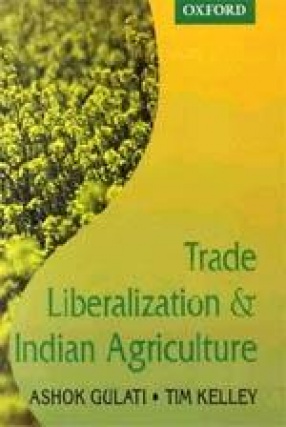
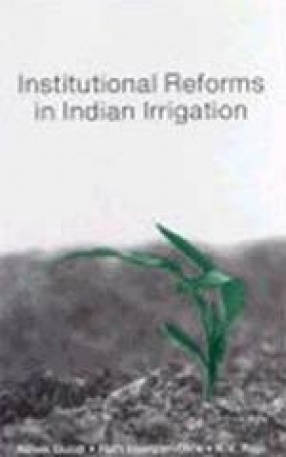
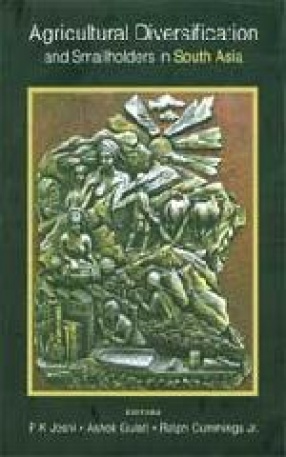
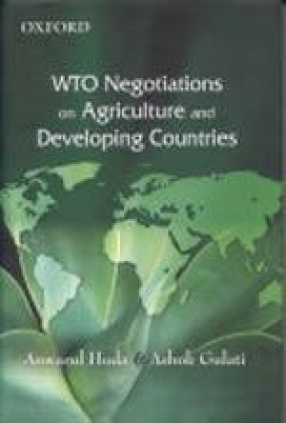
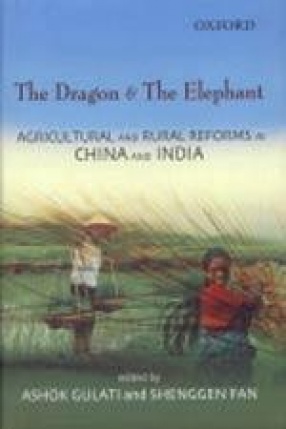





Bibliographic information
Tim Kelley